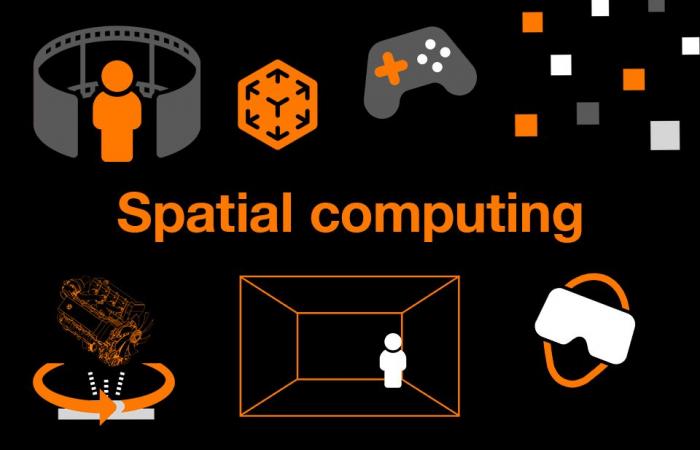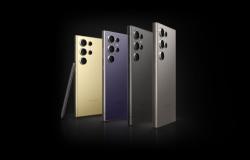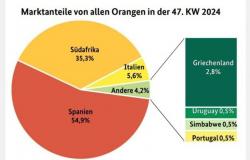The term “spatial computing” arises directly from the progress made by technologies such as augmented reality, virtual reality and more generally systems capable of understanding and interacting with three-dimensional space. The term “spatial computing” first appeared in the 1990s in the United States and was popularized in 2016 by companies like Microsoft, with its HoloLens glasses, or by companies like Magic Leap or XReal. This technology opened the way towards a hybridization between the real and the virtual, but with many constraints at the time, such as a very reduced field of vision, less than 50 degrees of vision, high latency affecting the experience user and finally a much less efficient network since at the time, there was no 5G or even fiber.
Engineers and technicians use holograms to visualize complex parts in 3D and collaborate remotely without losing touch with reality
If the term “spatial computing” is used a lot in the academic world, it is today used by Apple since the launch of its Apple Vision Pro immersive headset in February 2024. After 8 years of development, Apple uses this term to, d On the one hand, to bring an additional perspective to simple immersive experiences, but also to stand out from its competitor Meta who prefers to use the terms “virtual reality”, “mixed reality” or even “metaverse”.
In terms of use cases, spatial computing allows several sectors to innovate: for example, in industry, such as automobiles and aviation, engineers and technicians use holograms to visualize complex parts in 3D and collaborate remotely without losing touch with reality. Or even in real estate and Retail, potential buyers can make immersive tours of properties without being physically present, thus facilitating the sales and purchase processes. And obviously, in the entertainment field, to watch movies in a 180-degree immersive environment, play video games or display volumetric environments around you.
Spatial computing and more generally mixed reality experiences are transforming the way we interact with the physical and digital world. Whether through Apple devices, Meta, Magic Leap… these technologies offer solutions to facilitate modes of interaction and collaboration, for example for our “Business” customers at Orange Business and later for our large customers. public, probably through “Spatial” glasses coupled with personalized artificial intelligence.






